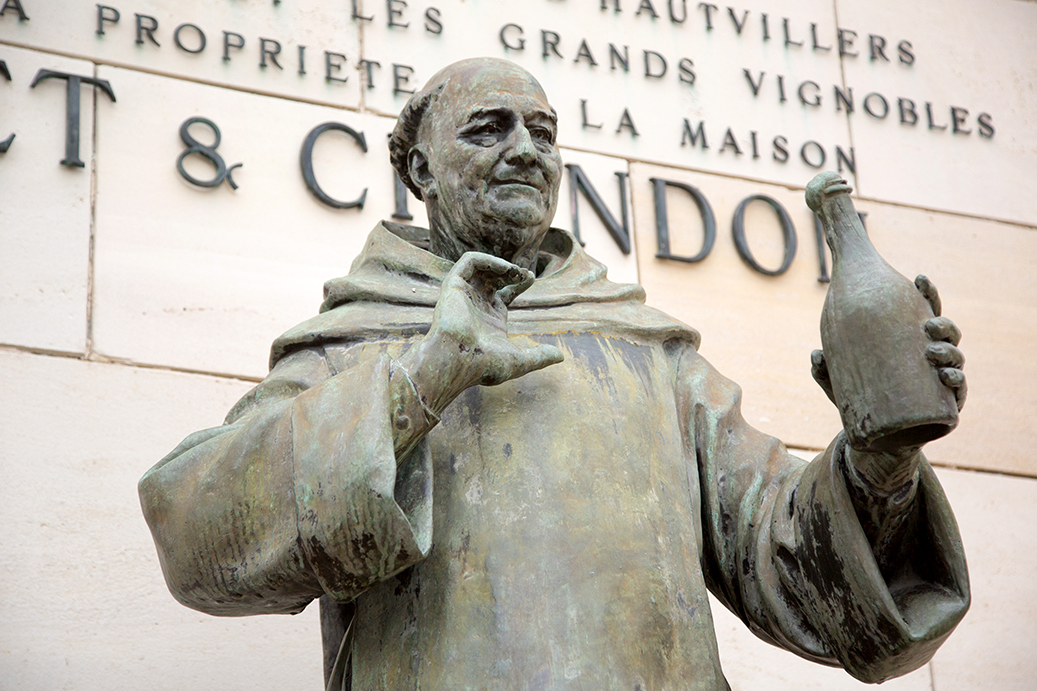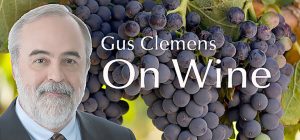Wine has been evolving for at least 8,000 years, and so it goes in the world of sparkling wine.
First, the basics. Benedictine monk Dom Pérignon invented sparkling wine, exclaiming: “Come quickly, I am tasting the stars?” Nice story, certainly not true. The earliest reference to the Dom Pérignon quote occurred two centuries after the monk’s death.
In truth, during Dom Pérignon’s lifetime bubbles were considered a dangerous flaw. The bubbles naturally occurred when cold weather stopped fermentation in the bottle at the onset of winter. Come spring, fermentation resumed and too often caused glass bottles to explode. Dom Pérignon worked to suppress refermentation, not to encourage it.
While he certainly did not invent Champagne, Dom Pérignon clearly was a wine pioneer. He introduced strict grape selection and early-morning harvesting to preserve freshness. He blended different vineyards parcels before pressing to improve balance. He produced a clearer, lighter wine from black pinot noir—“blanc de noirs”—a step toward modern Champagne style. He championed cork closures over wood and rags.

Méthode champenoise, however, was invented by English chemist Christopher Merret. In a paper published by the Royal Society six years before Dom Pérignon arrived at the abbey to work on wine, Merret described adding sugar—today’s dosage—before bottling to create sparkling wine. Trouble was, bottles exploded.
Fortunately, the English were responsible for another key Champagne breakthrough: sturdy glass bottles. In the 1600s, King James I (he of English language Bible fame) banned the use of wood for making glass because he needed timber to wage war with his navy. Glass makers turned to coal—England had plenty of that resource—which produced much higher temperatures. Clever glassmakers soon developed ways to make much stronger glass bottles—three to four times as strong as previous wood-fired methods.
Stronger bottles prevented the explosions that occurred with secondary fermentation. The pressure inside a Champagne/sparkling wine bottle is 70-90 psi. By comparison, the pressure inside the tire of your family car is 28-36 psi.
The glass bottle breakthrough allowed winemakers to continue secondary fermentation experiments. Both the English and French recognized stronger glass bottles meant a new way to store and ship wine. Before the sturdy bottles, most wine was sold in barrels to be tapped in wine stores, similar to filling your growler at a beer brewery. In an additional fillip, the English also rediscovered the use of cork stoppers imported from Portugal.
The revolution in glass engendered rapid developments in wine. Sparkling wine was possible. Individual bottles—sparkling or still—could be shipped distances because bottles and corks prevented oxidation and the spoilage of wine. Wines turns to vinegar with oxygen exposure because the acetic acid bacteria that causes the transformation, cannot survive without oxygen. The wine world we know today was born.
The 1700s were an era of revolutions and dramatic change among nations of the world and the world of wine. Winemakers digested and incorporated the new tools and techniques the era presented. This set the stage at the dawn of the 19th century for a 27-year-old widow who inherited her husband’s wine business and was not about to step aside and defer to men. She proceeded to accomplish the sparkling revolution mistakingly attributed to Dom Pérignon. That story next week.
Last round: Two men meet on opposite sides of a river. One shouts: “I need you to help me get to the other side.”
Second man shouts back: “ You already are on the other side.”
Wine time.

